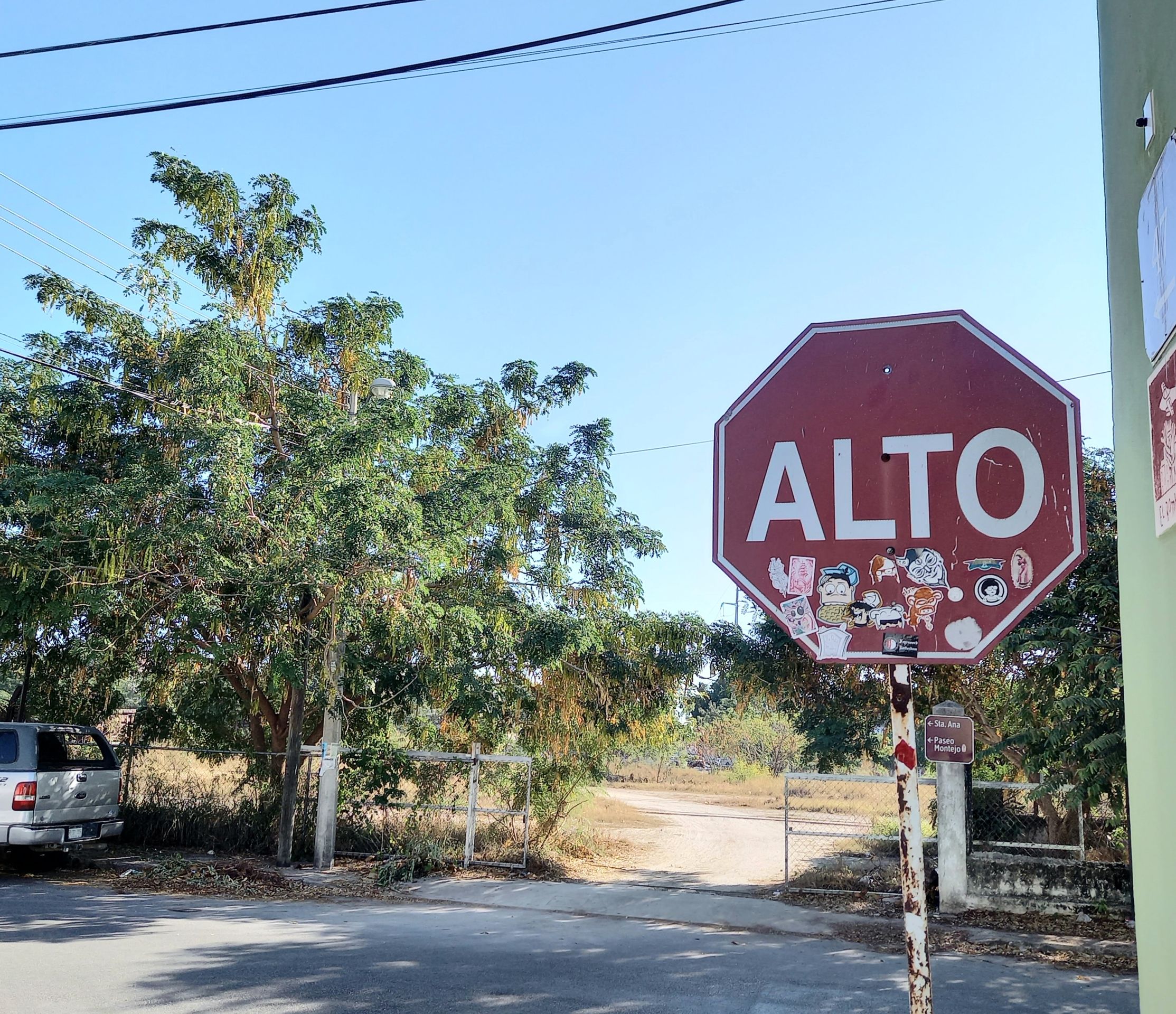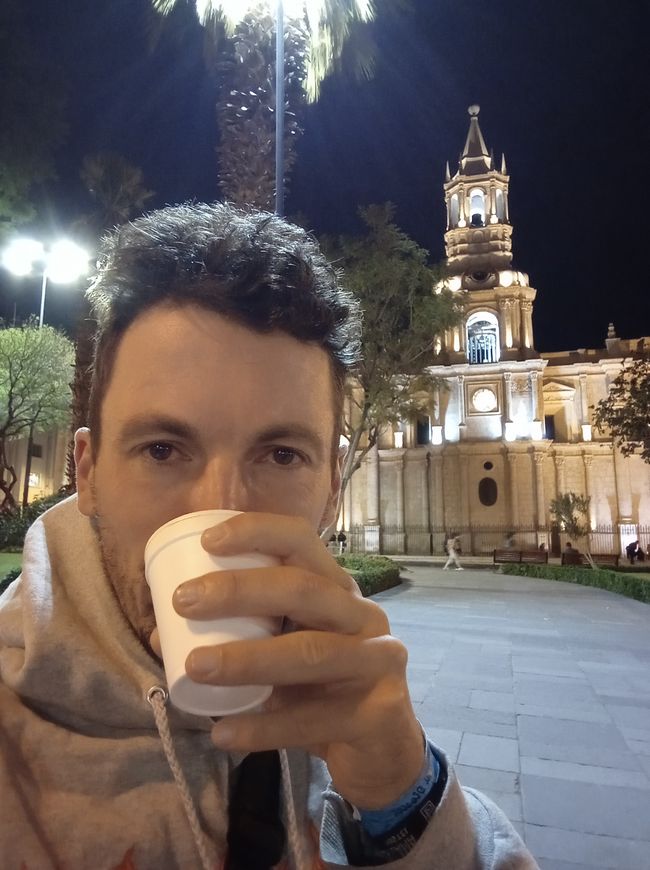Back, on the way to Vilnius
પ્રકાશિત: 28.06.2023
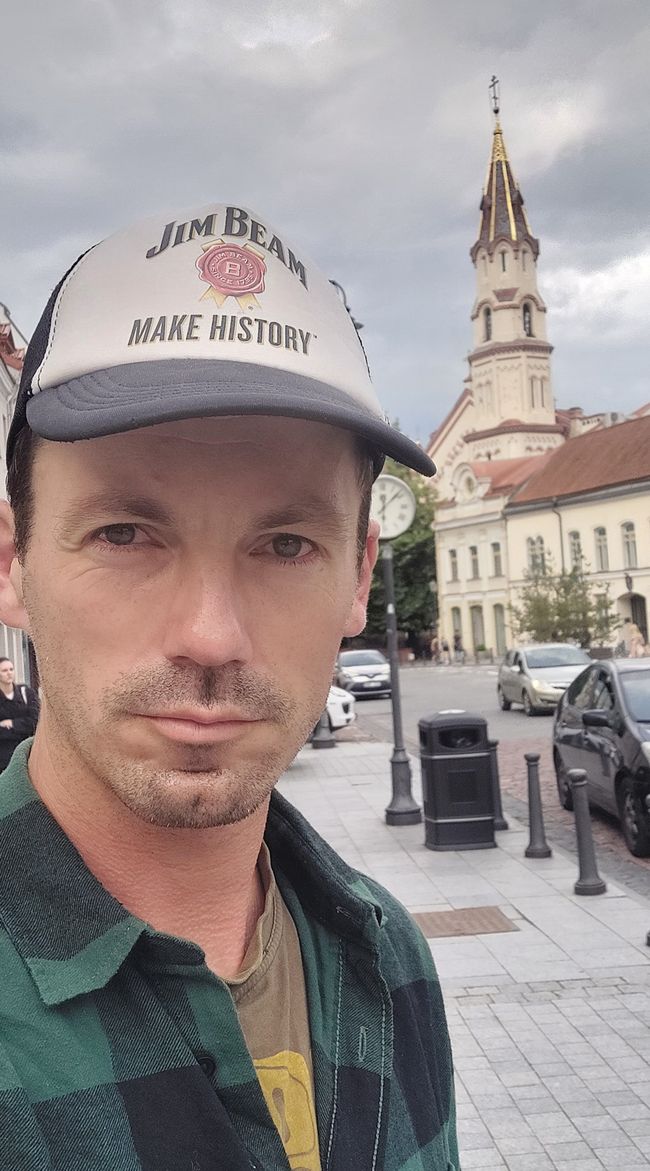
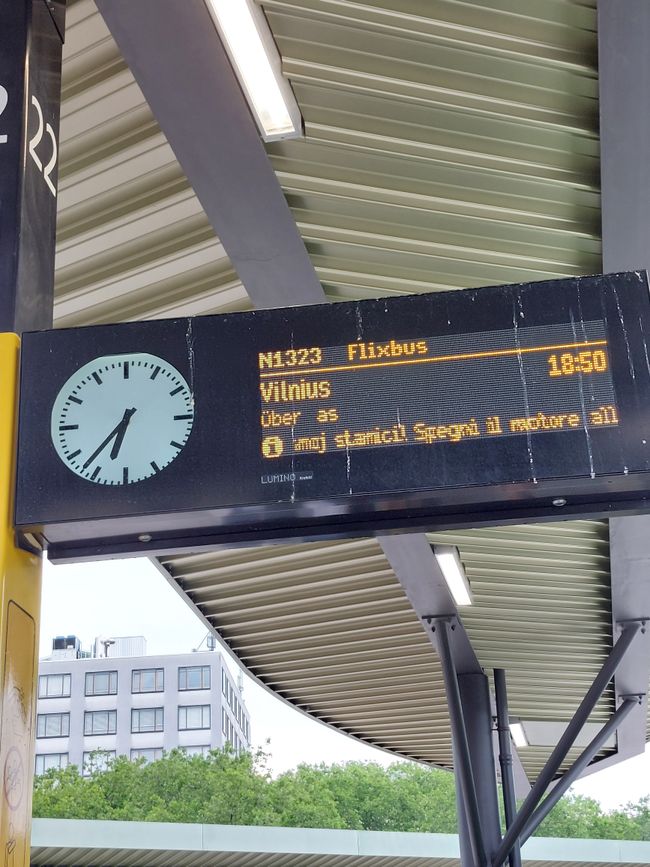
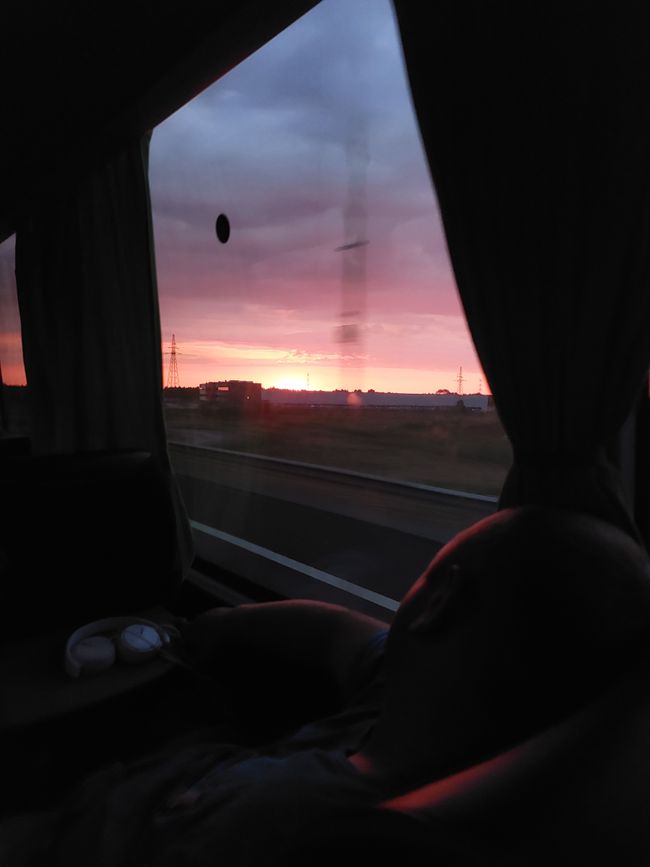
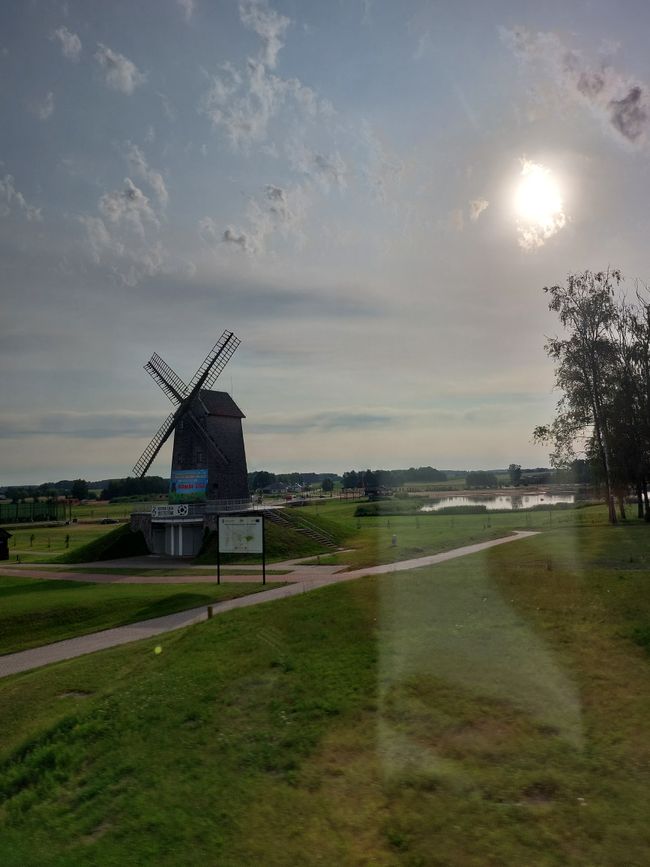
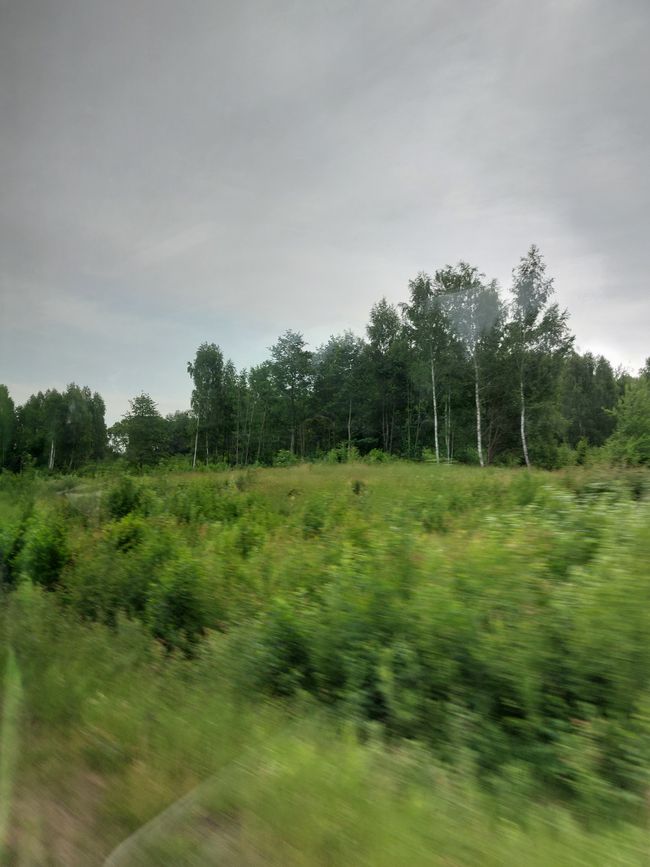
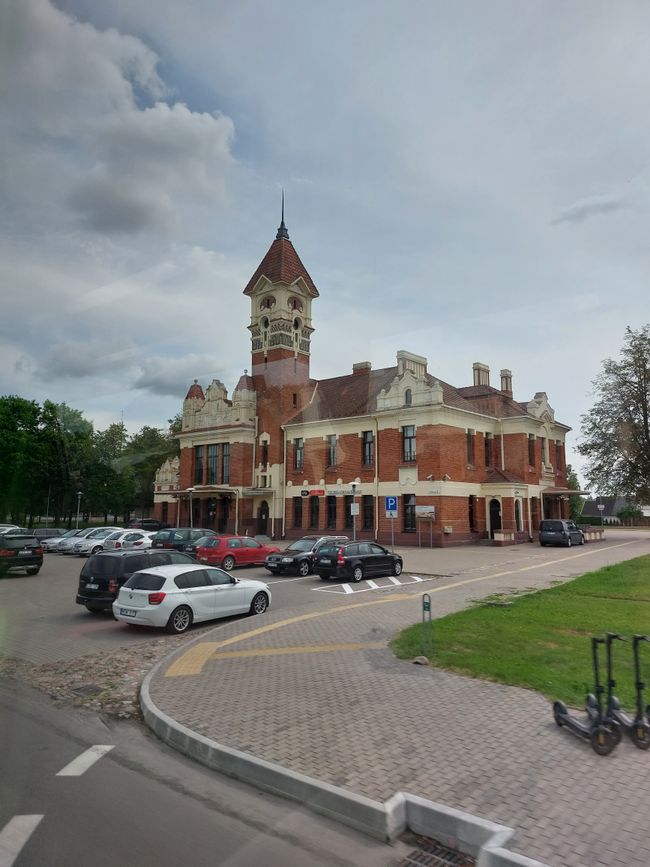
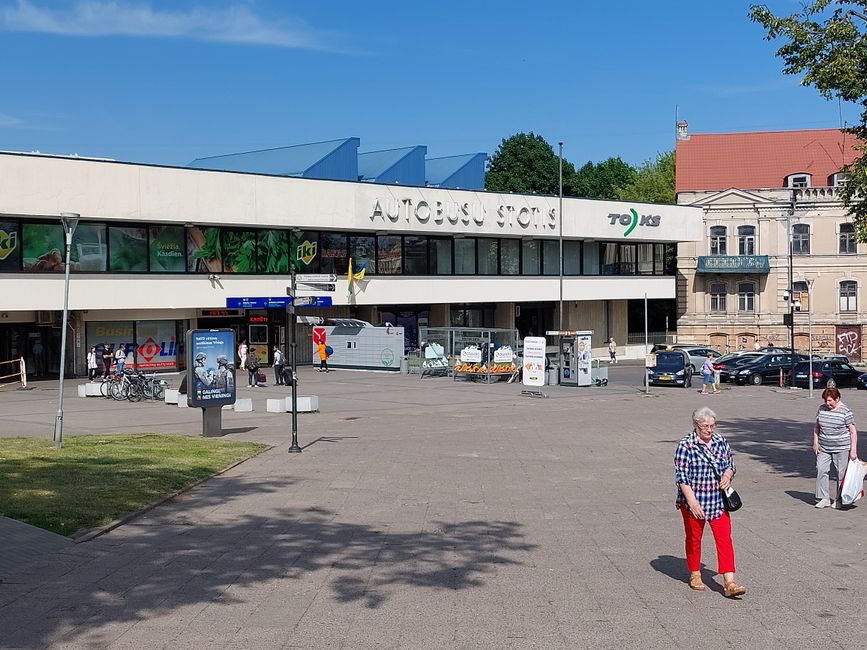
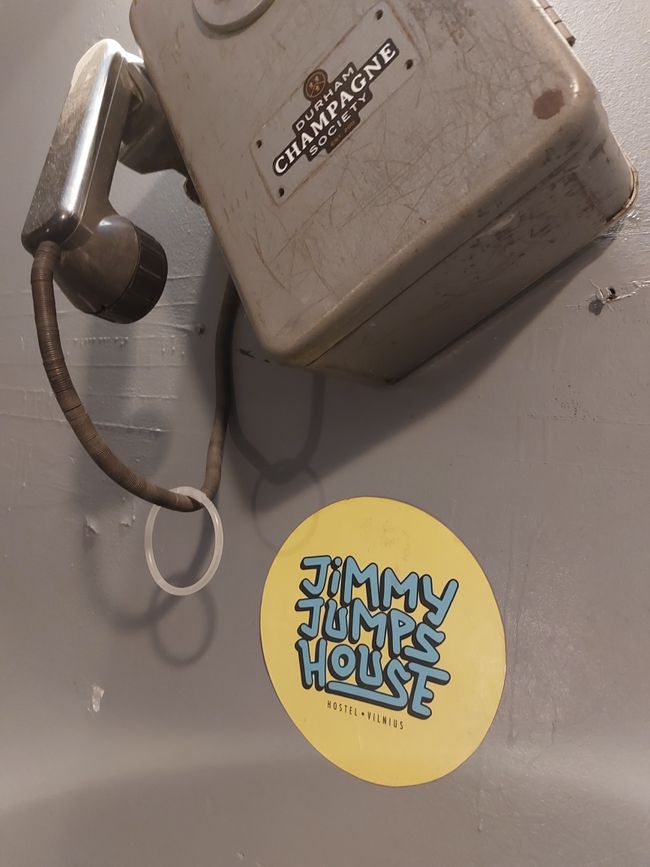
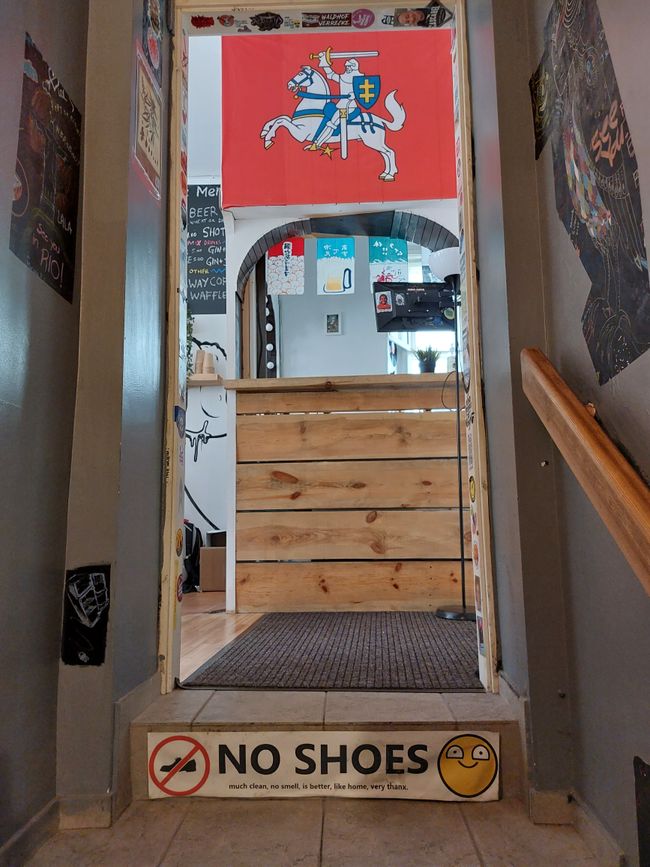
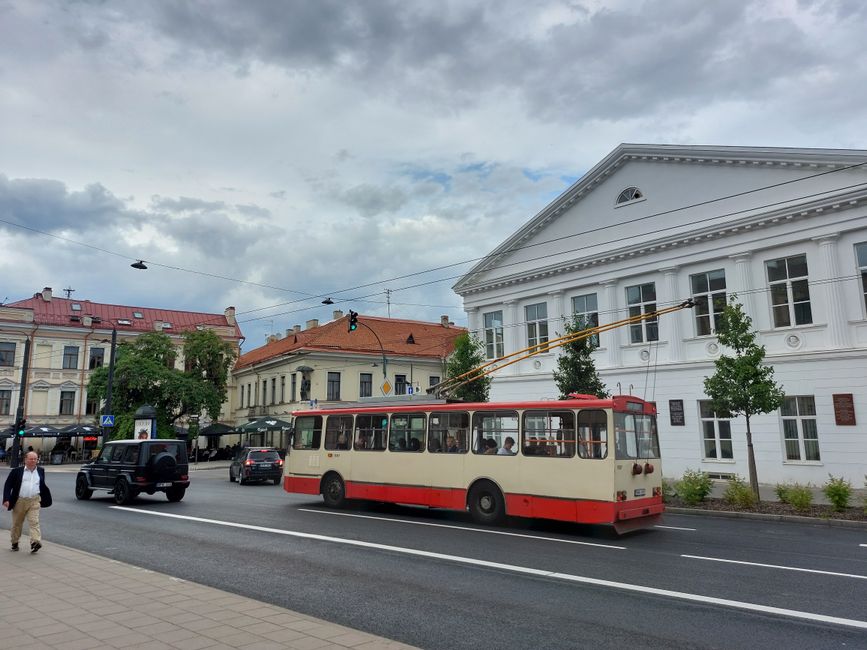
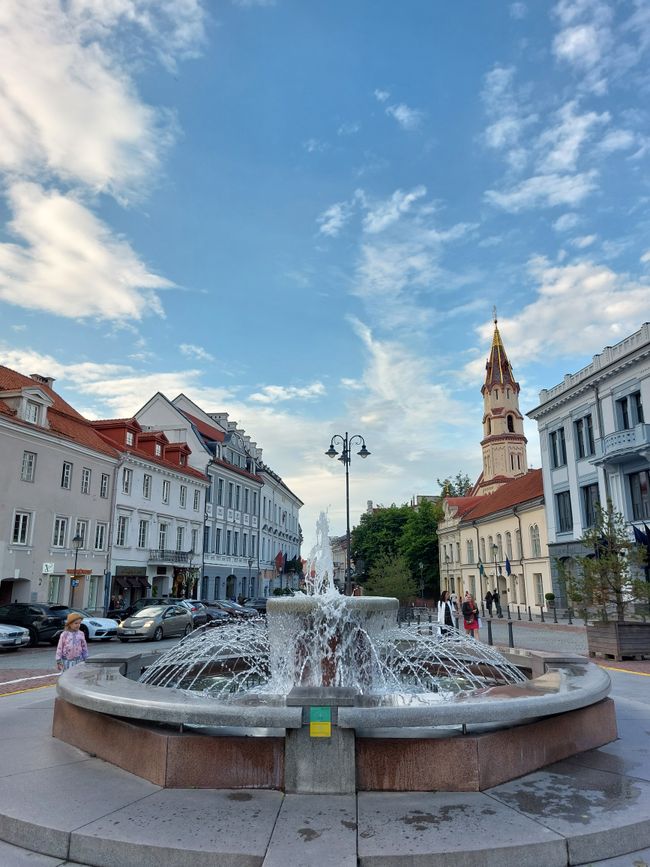
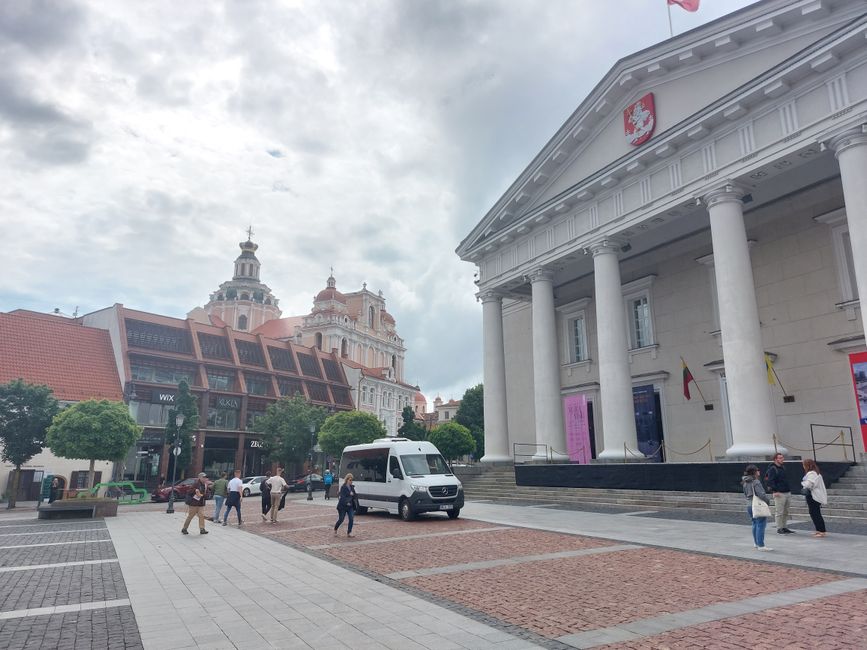
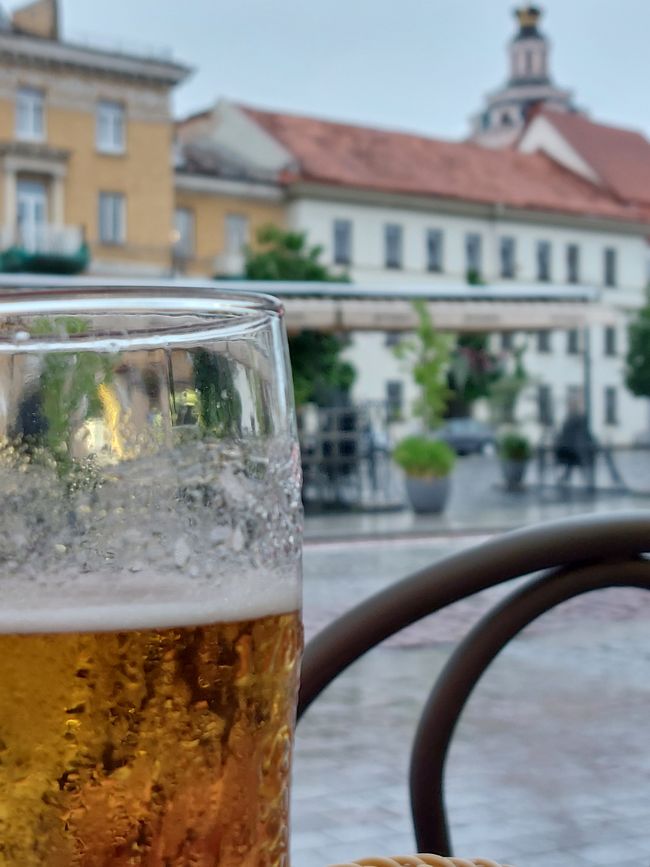
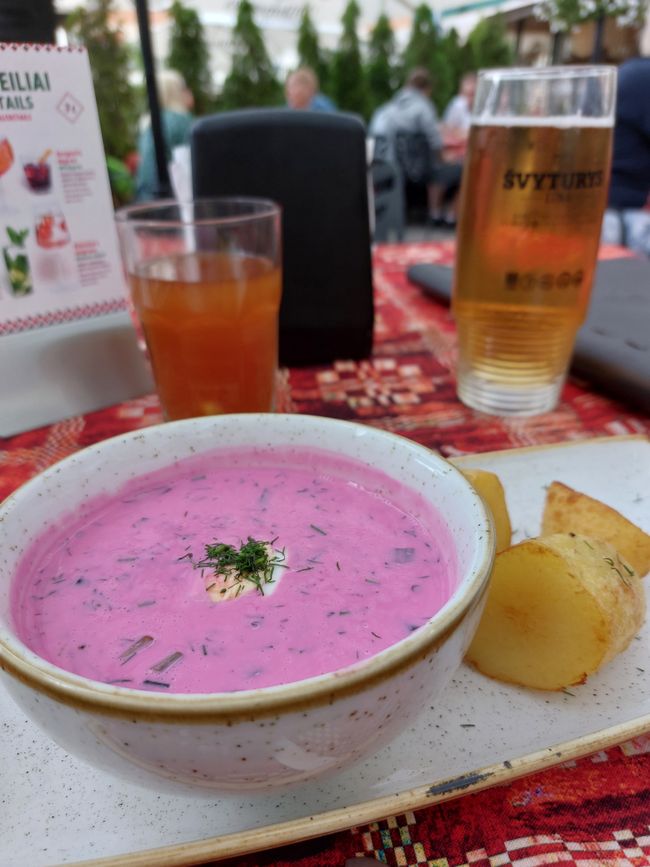
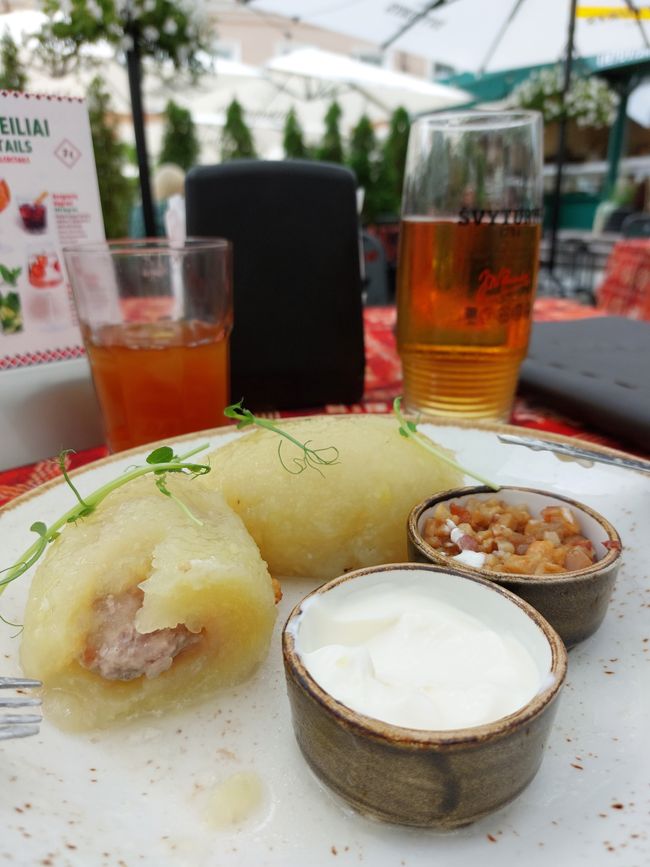
ન્યૂઝલેટર પર સબ્સ્ક્રાઇબ કરો
The outdoor area of a restaurant in Vilnius, the waiter drives away pigeons with a water spray. The menu includes Lithuanian dishes, I decide on cold beetroot soup, potato dumplings with meat filling, accompanied by Kvas and a beer. Ethnokitchen for locals and tourists alike, somewhat kitschy yet authentic. It starts to rain.
A welcome opportunity to write down travel impressions.
For several years now, the capital of Lithuania has been considered a 'secret tip', as 'insiders' agree (e.g. Lonely Planet, Berliner Morgenpost). In 2009, the city already held the title of 'European Capital of Culture'. In 2015, Lithuania introduced the Euro.
I decided on my trip to the East very spontaneously. Last week it became concrete. I reserved a bus ticket for the direct connection Berlin-Vilnius, 18 hours through the night across Poland. Most of the time I slept without problems, but the intermediate stops were planned in such a way that the light went on about every two hours. Well.
The bus left the highway in the border area of the Polish city of Suwałki, and I was able to witness how the landscape (more forests) and architecture (wooden houses on one hand, Lidl, Aldi and Kaufland on the other) changed.
I also learned on the Internet that this narrow Polish-Lithuanian border region, at the level of the Russian exclave Kaliningrad, has a special military significance for both NATO and Russia.
Arrived, I felt reminded of my time as a backpacker. I shouldered my seven things and made my way to the hostel. At the reception, I was greeted in Australian English. Jimmy Jumps House fulfilled all the clichés of a backpacker's hostel with a hostel bar. The new thing was that we were asked to take off our shoes in the entrance area. Okay.
After an extensive nap in the afternoon, I washed down my first impressions with a cool beer. Vilnius reminded me of Lviv. Both cities are sustainable influenced by the Baroque and have a rich Jewish and Polish history. I wasn't completely wrong, as Wikipedia confirmed.
Lithuania is part of a cultural-historical corridor that reaches from the Baltic Sea to the Black Sea, a region that roughly includes present-day Lithuania, Belarus and western Ukraine. After the First World War, an imperialist Poland attempted to restore its old hegemony in this region, referring to the Middle Ages, and annexed the region around Vilnius from the young Republic of Lithuania (independent from Russia since 1918). Vilnius was mainly populated by Poles and Jews at that time. Hitler and Stalin put an abrupt end to these plans. Poland was pushed westward and Lithuania, with Vilnius as its capital, was degraded to a Soviet republic.
In the evening it rained, and I spent my time in the hostel, where I finally had the opportunity to read. Next door, twenty-year-old Britons, French, Australians, and Germans exchanged their plans. My social battery was largely empty and I was looking forward to my bed.
ન્યૂઝલેટર પર સબ્સ્ક્રાઇબ કરો
જવાબ આપો
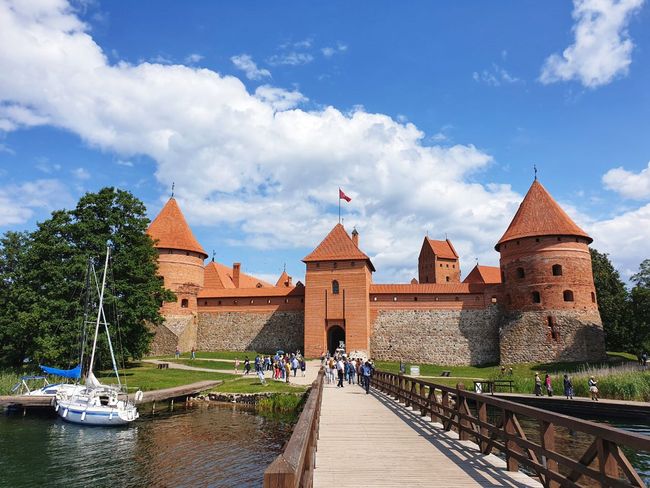
મુસાફરી અહેવાલો લિથુઆનિયા
